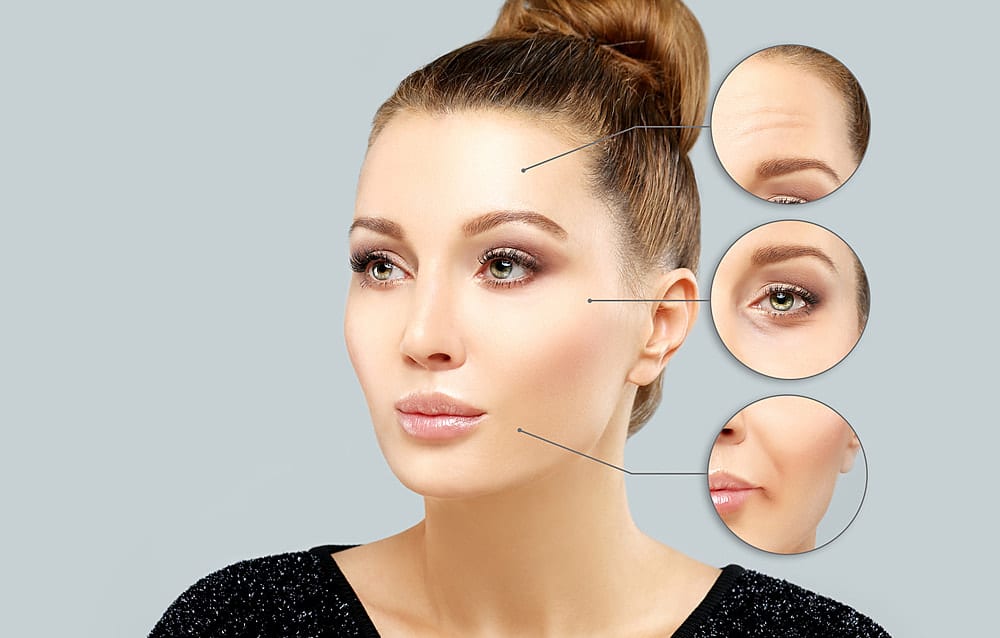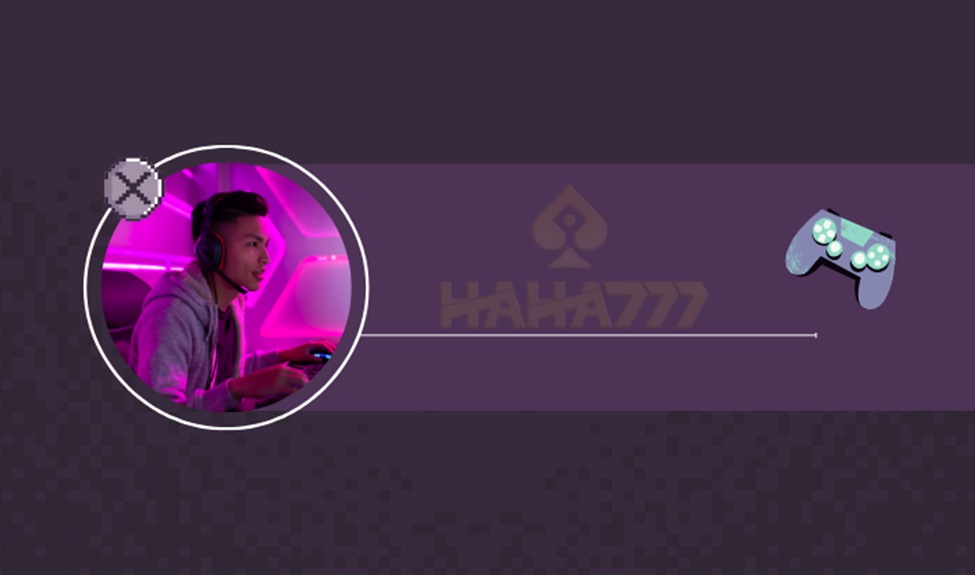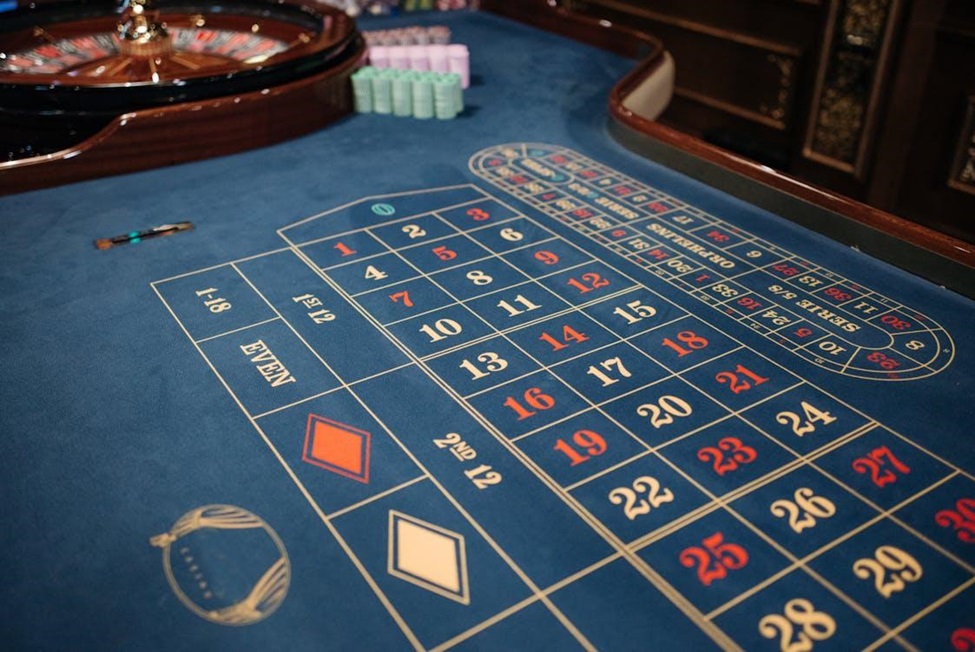What to Know About Botox Aftercare
An injectable variant of the botulinum toxin known as Botox can help with overactive bladder, lazy eye, neck spasms, and wrinkle reduction.
The brand name for this procedure is Botox. Dysport, Myobloc, and Xeomin are additional choices that also use botulinum toxin.
How Does Botox Function?
A neurotoxin known as Botox interrupts nerve signals. This prevents your muscles from contracting, which lessens the look of wrinkles and stops the formation of new ones.
Is Exercise Safe After Botox?
Your cosmetic surgeon or a nurse will provide you with aftercare instructions following a Botox Singapore injection. For at least three hours following treatment, you should refrain from exercising.
About an hour following your treatment, you can attempt scowling and lifting your eyebrows. Although not required, these facial workouts could help you achieve greater results.
Additional Botox Aftercare Guidelines
After receiving Botox, wait at least 24 hours before getting a facial or head massage. Additionally, you ought to refrain from massaging the treated area of your face.
After getting Botox, don’t lie down for at least 3 hours.
For at least 4 hours, avoid using any hot tubs, saunas, or tanning beds.
Because heat might cause your blood pressure to rise, this helps to prevent bruising.
Otherwise, you can start back up right after your Botox treatment.
Getting Ready for Botox
Avoid drinking alcohol for 24 hours prior to Botox injections if you are planning on getting them. Ibuprofen and blood thinners should not be taken together. This lessens the chance of bruising and redness.
How Long Does Botox Take to Start Working?
Three days after the injection, Botox begins to work. About two weeks after receiving Botox injections, the full effect occurs.
When Does Botox Stop Working?
The effects of Botox remain for three to six months. Your wrinkles may return after that. The symptoms will also reappear if you use it to treat another disease, such as excessive perspiration or headaches.
You will need further Botox injections to maintain the same effects as it wears off.
What Risks Are Associated with Using Botox?
Following Botox, you can experience mild side effects like headaches, neck pain, or flu-like symptoms. An injection site may show signs of redness, oedema, or bruising. Also possible is indigestion.
Call your doctor as soon as you observe eye drooping. Even though this side effect is just temporary, it’s best to rule out any other conditions.
Is Botox a Source of Botulism?
Botulism infection caused by Botox is uncommon.
Botulinum can be found in various foods and in soil naturally. It can cause botulism if you ingest too much of it. In a lab, the botulinum toxin utilised for cosmetic purposes was created. To prevent botulism, it is sterile and diluted.
What to Expect After a Botox Procedure
Whether you receive a Botox injection at a medical spa or a doctor’s office, you will probably return home the same day. While local anaesthetic isn’t always required, it may be given if you’re getting Botox for an overactive bladder. Some medical professionals will numb the area with a topical medication to make the operation more bearable. In either case, it’s typical to have some pain or discomfort after receiving Botox injections.
The 43 muscles in the face can be targeted with Botox injections for cosmetic purposes to decrease wrinkles in a particular location. They administer several injections with a little needle. The number of injections required varies depending on the treatment region. Your appointment should last around 15 minutes.
What Is the Price of Botox?
The American Society of Plastic Surgeons estimates that botulinum toxin injections typically cost $408. But the cost varies according to your location, how much product you purchase, and the practitioner’s level of expertise.




